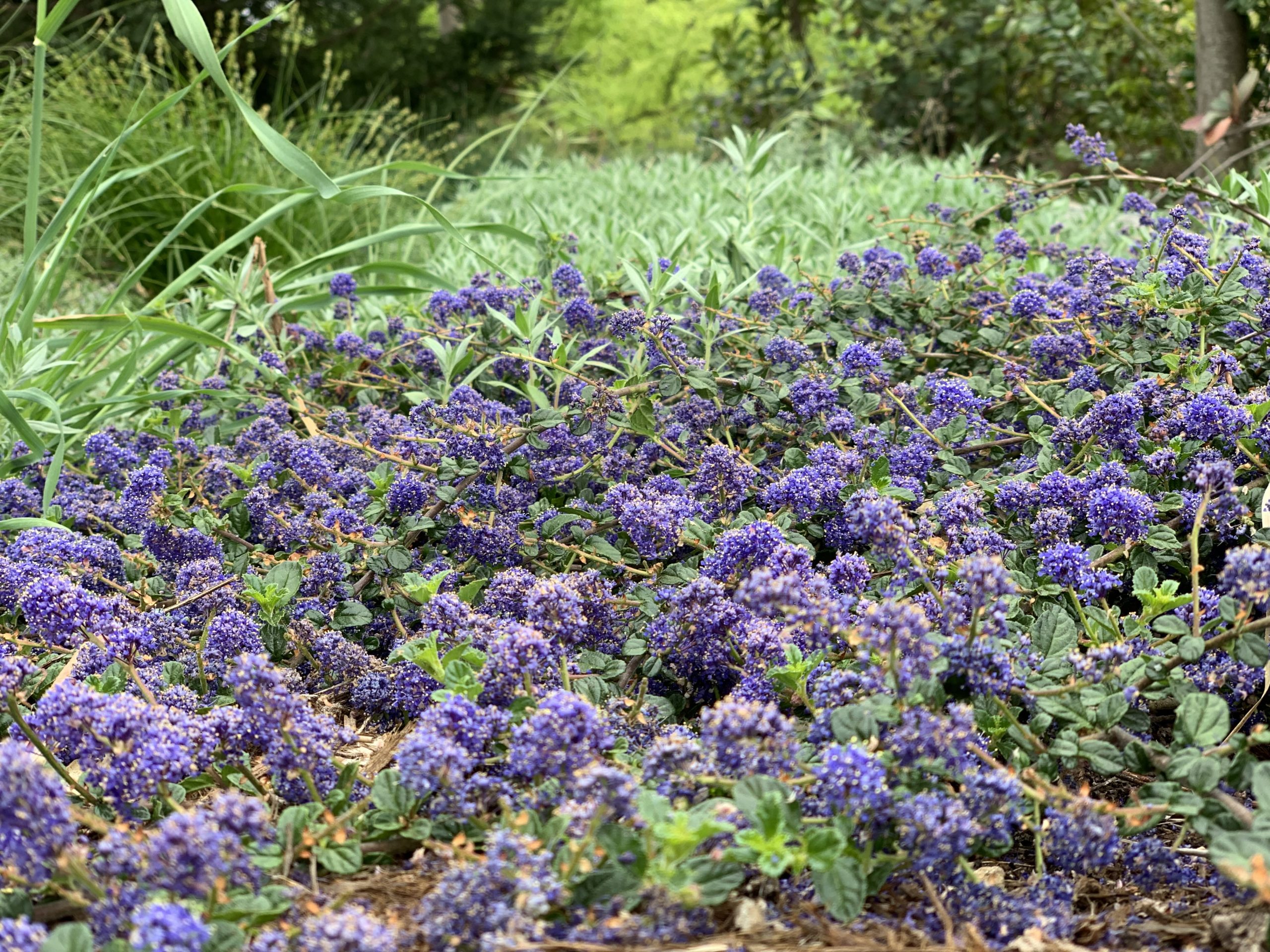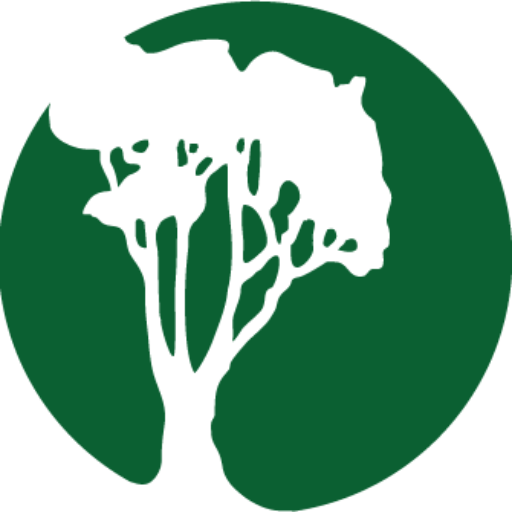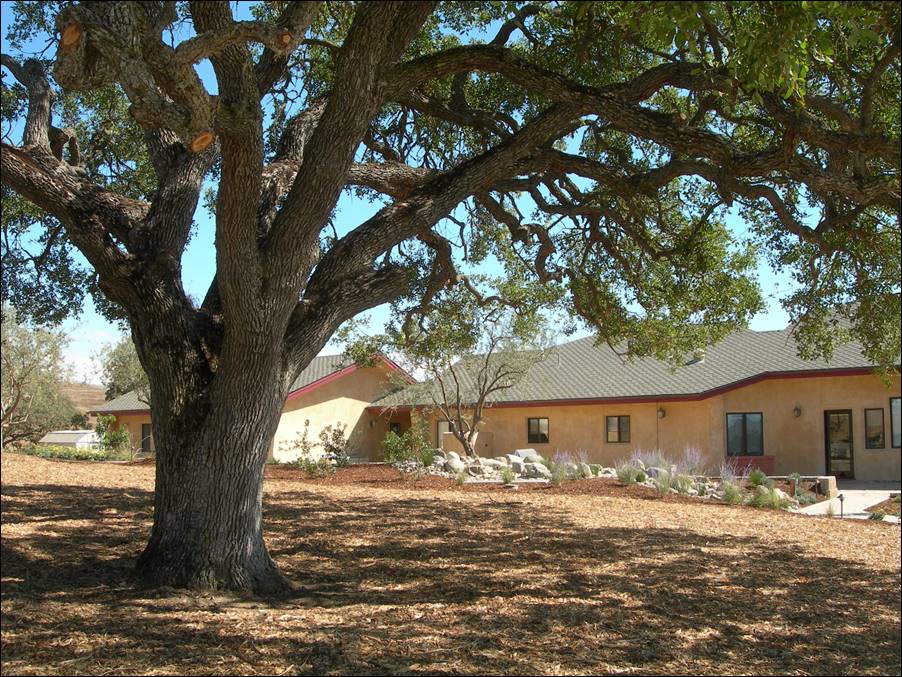
Brilliant Corners: Five Favorite California Native Accent Plants
Madrone began over 40 years ago with the idea that a company dedicated to sustainability and the use of California native plants could be a great combination — beautifying human habitats while serving to “heal the scars” of development. The garden and landscape performance benefits of this approach prove their merit.
Over the decades, the functional benefits of native plants have become universally recognized and honored. They also remind us of our locale’s singular natural beauty and why we need to protect our region from biological decline.
We’ve gathered five of our favorite California native accent plants that don’t require a lot of care, such as water and fertilizer. These colorful beauties can also be incorporated into many different garden settings throughout the Central Coast. They are especially useful in the small, forgotten spaces in the landscape.

Erigeron glaucus, Seaside Daisy
This low, evergreen perennial thrives in borders and nooks, full sun for Coastal gardens and partial shade inland. Native from Santa Barbara north to Oregon. The long bloom season, Spring through summer, can be extended by “deadhead” pruning, which fortunately does not require wearing tie-dye clothes. There are several varieties available, including ‘Wayne Roderick’ (or WR) and ‘Cape Sebastian’. They form thick mats, 6-10 inches high, spreading 2-3 ft., and can take frost and high temperatures well over 100 degrees F.


Iris douglasiana,
Pacific Coast Hybrid Iris
Walking in a redwood grove or a coastal mixed evergreen forest, one can occasionally happen on a Pacific Coast iris popping up through the low understory. Best grown in partial shade unless close to the Coast, these exquisite, delicate-looking, springtime bloomers are frost-hardy and relatively drought tolerant. They make excellent informal borders or accents among other shady perennials or in rock gardens.

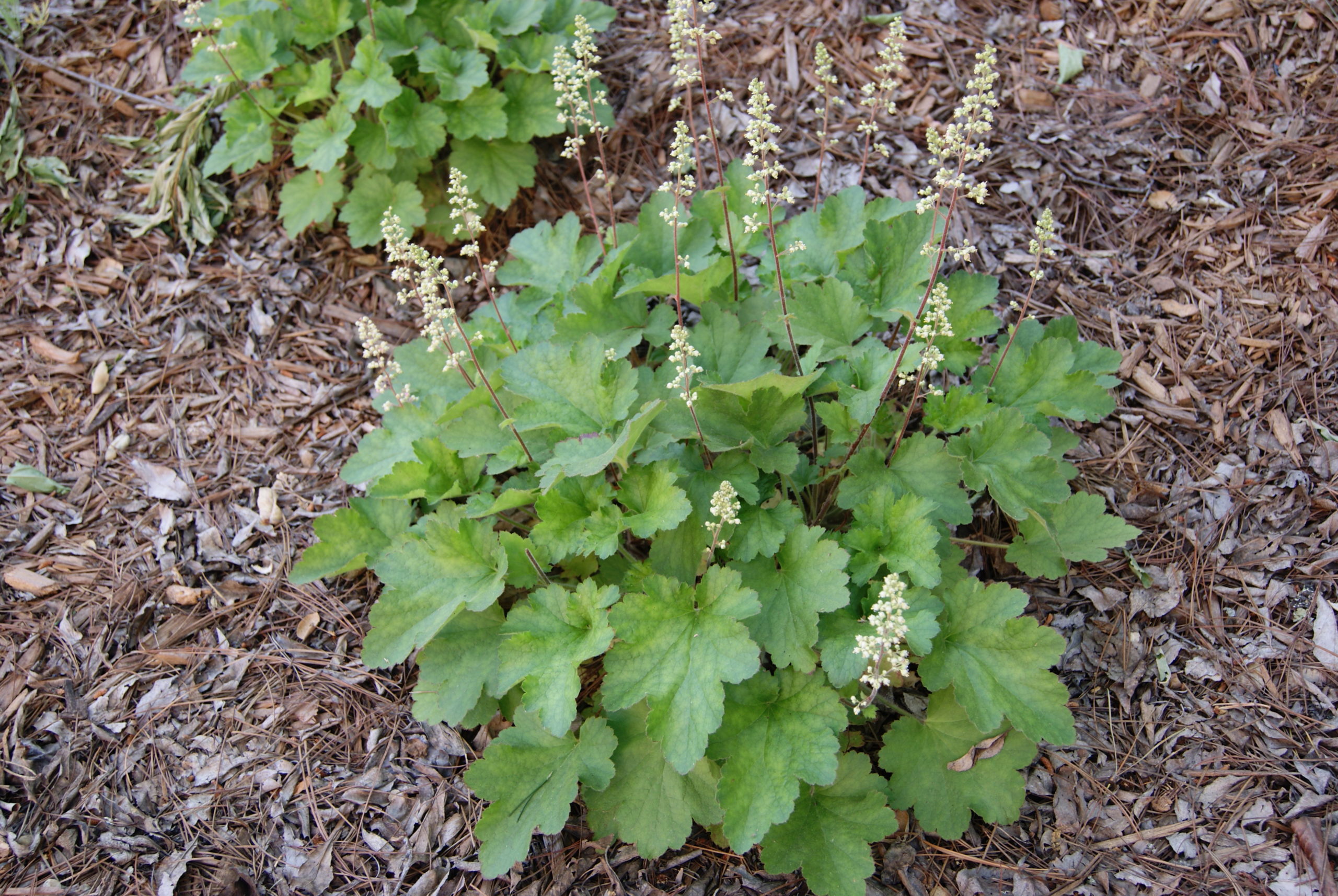
Heuchera species, Coral Bells
When rock gardens come to mind, it is hard to beat coral bells. We love the way their bright-colored flower stalks rise above the evergreen foliage! The native species often are found in the nooks and crevices among stone outcroppings from San Luis Obispo County north through Coastal Washington. The flowers range from white through many shades of pinks and reds, making great combinations with other small perennials, shrubs, and grasses.
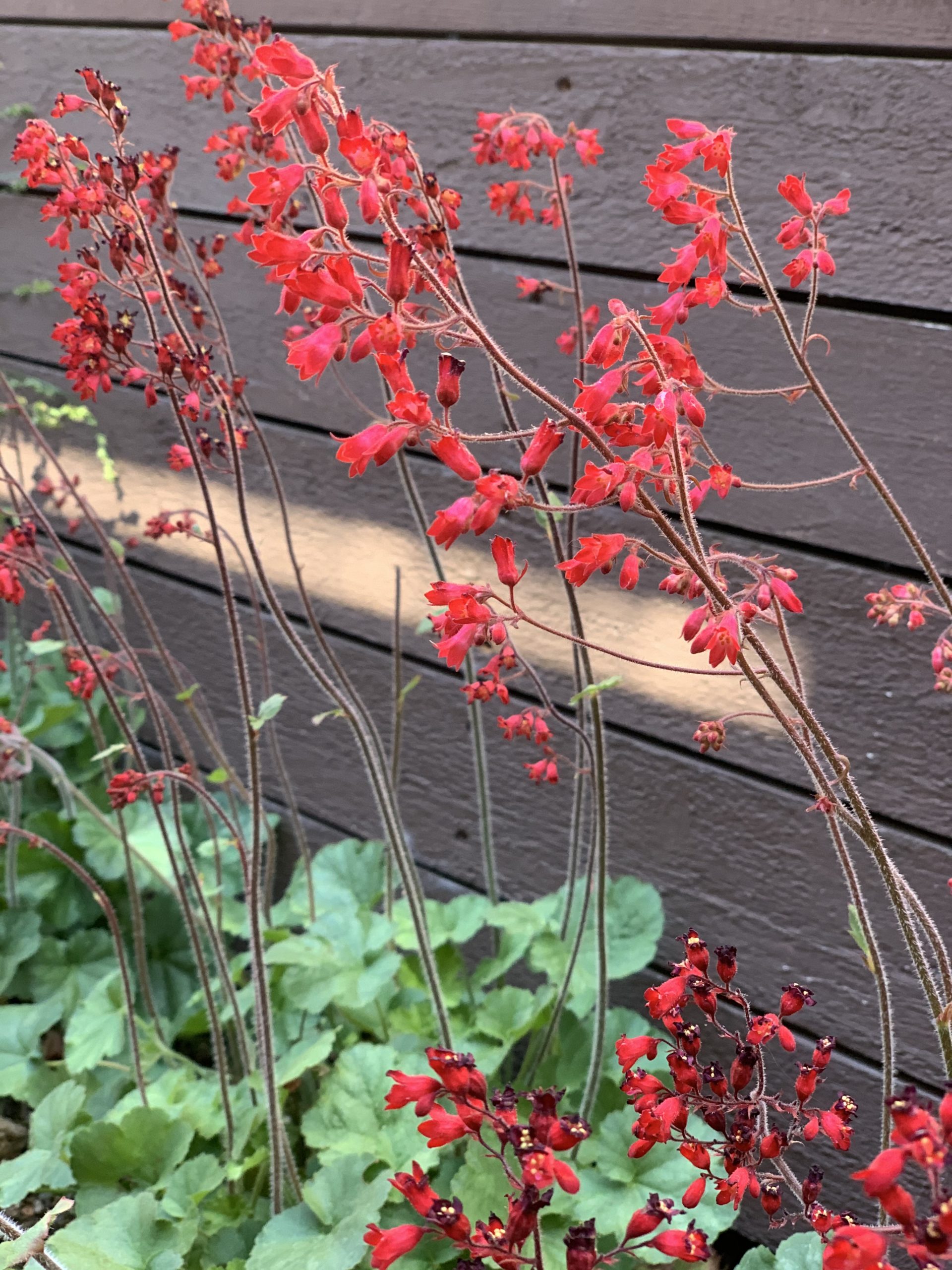

Dudleya brittonii, Britton Dudleya
A succulent originating on the bluffs of coastal Baja California, Britton dudleya is a beautiful accent plant that forms a single, low, chalky gray-white rosette to 12-14″ diameter, and in well-drained soil, thrives on neglect. Its flower stalks rise 2 feet or more, turning red with pale yellow flowers. It loves full sun on the Coast and some shade and protection from the frost inland. Britton dudleya is very popular and makes a striking complementary statement to many California gardens.
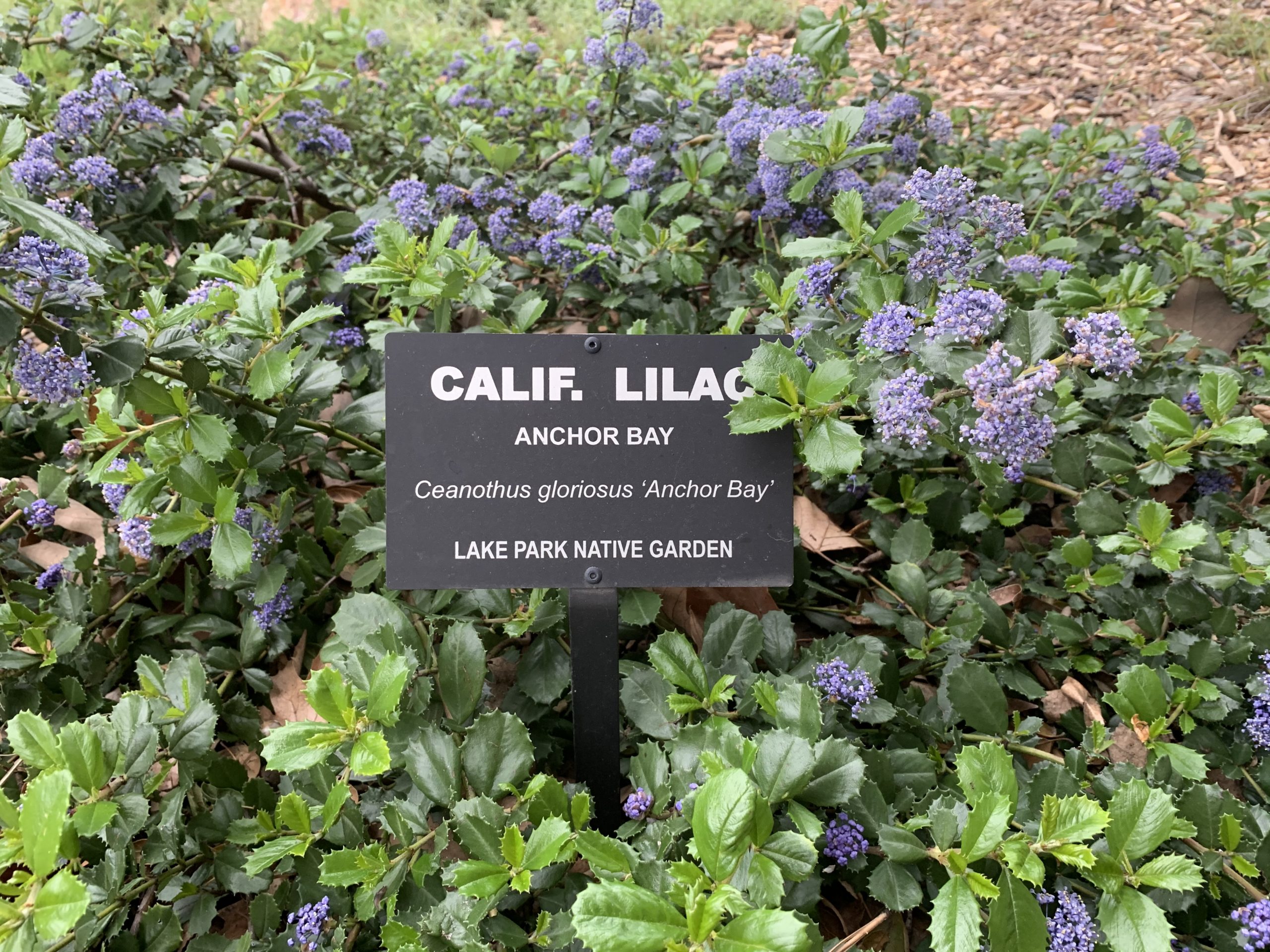
Ceanothus glorious ‘Anchor Bay’ and Ceanothus ‘Centennial’
A garden needing larger plants to act as ground covers might include these two low-spreading shrubs for fast establishment and beautiful blue spring flowers. Centennial is very low, 8-12″ high, spreading to 6 feet or more. ‘Anchor Bay’ is taller, up to 3 feet in height, and spreading 6 feet. ‘Anchor Bay’ is one of the most widely used ground cover species of Ceanothus, performing best in full sun on the coast and in partial shade inland. ‘Centennial’ also prefers some shade inland and both require well-draining soil.
